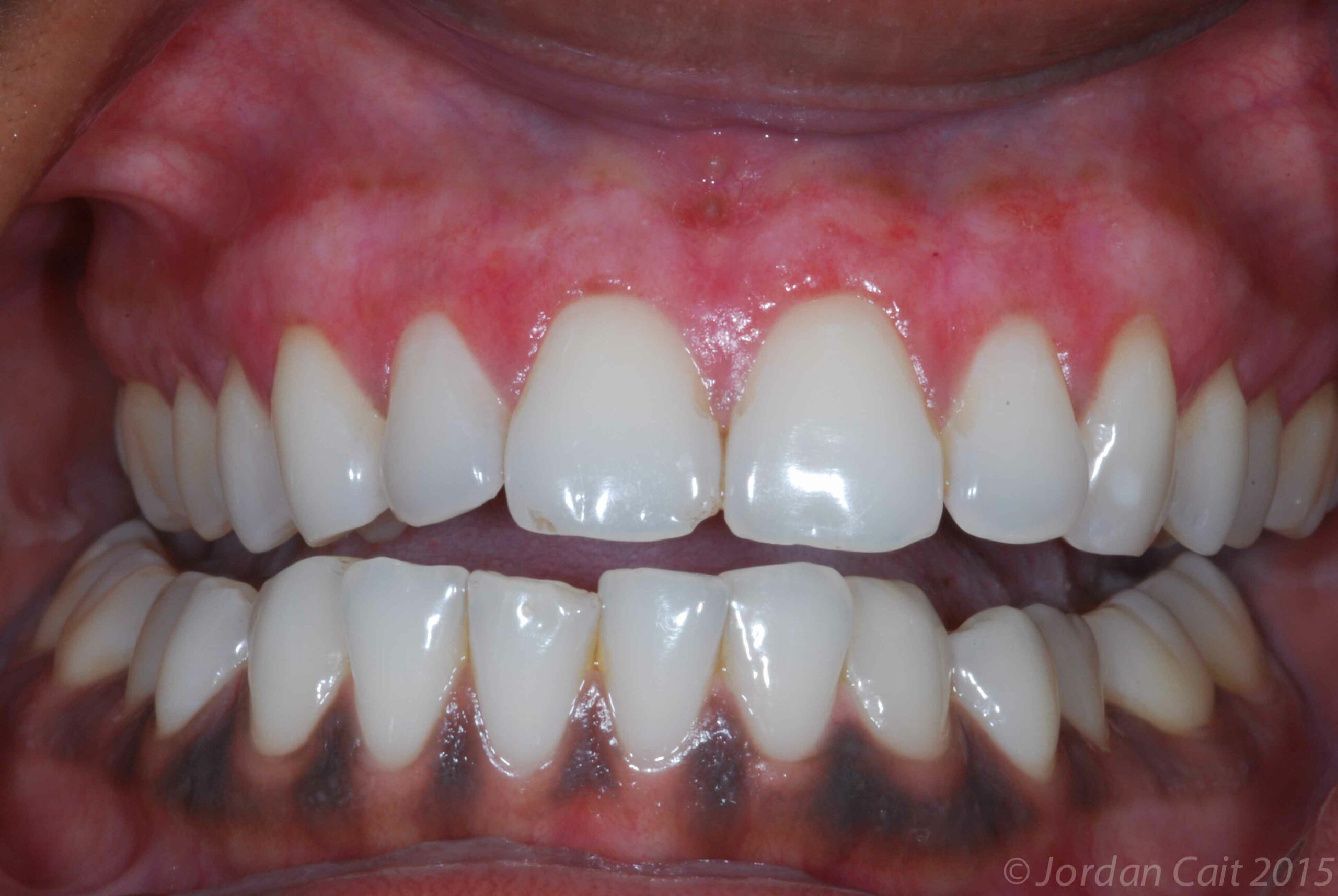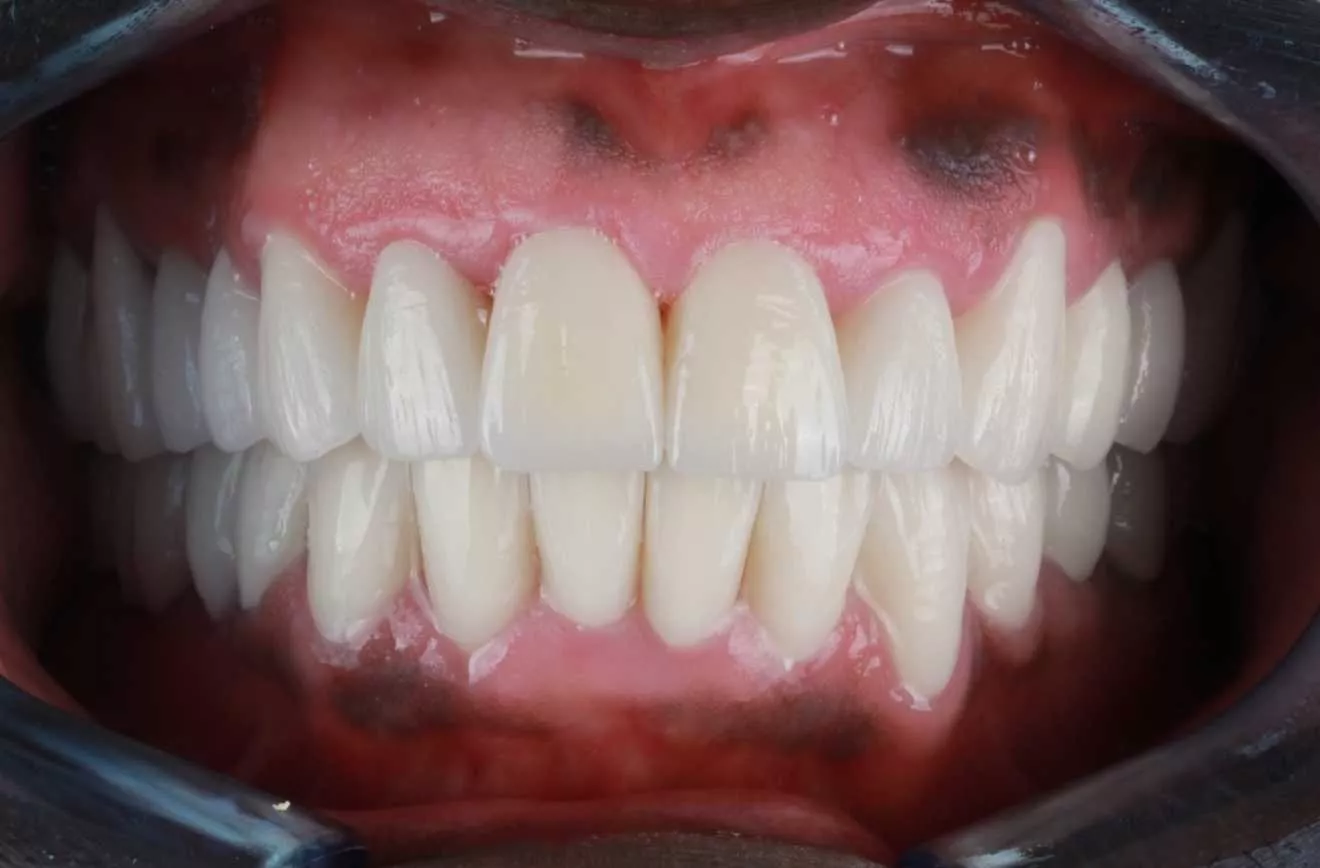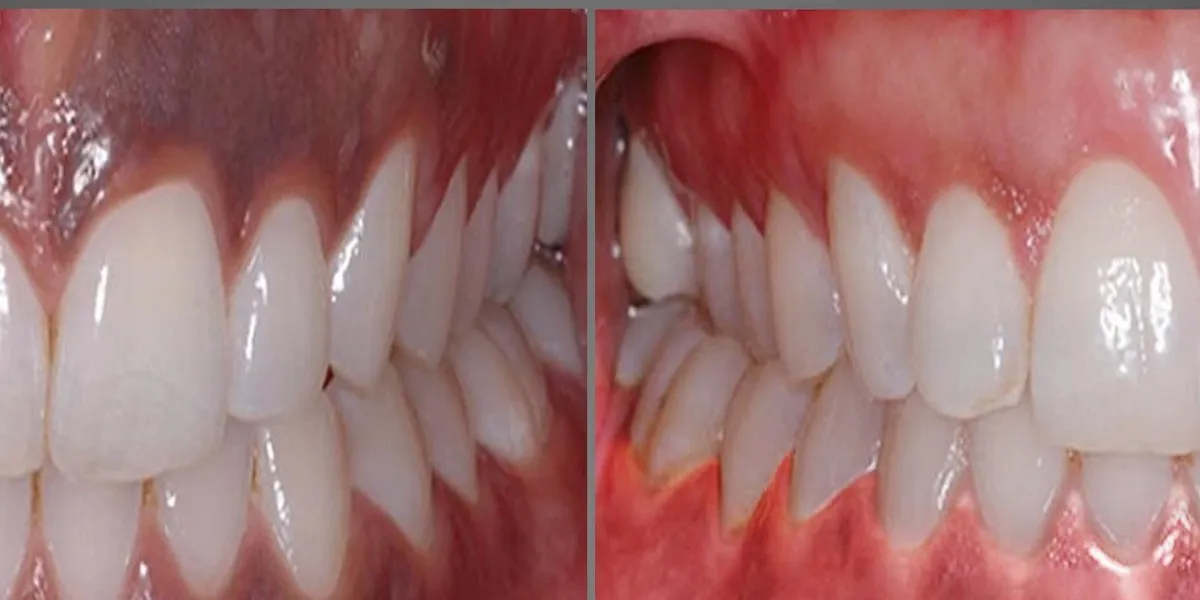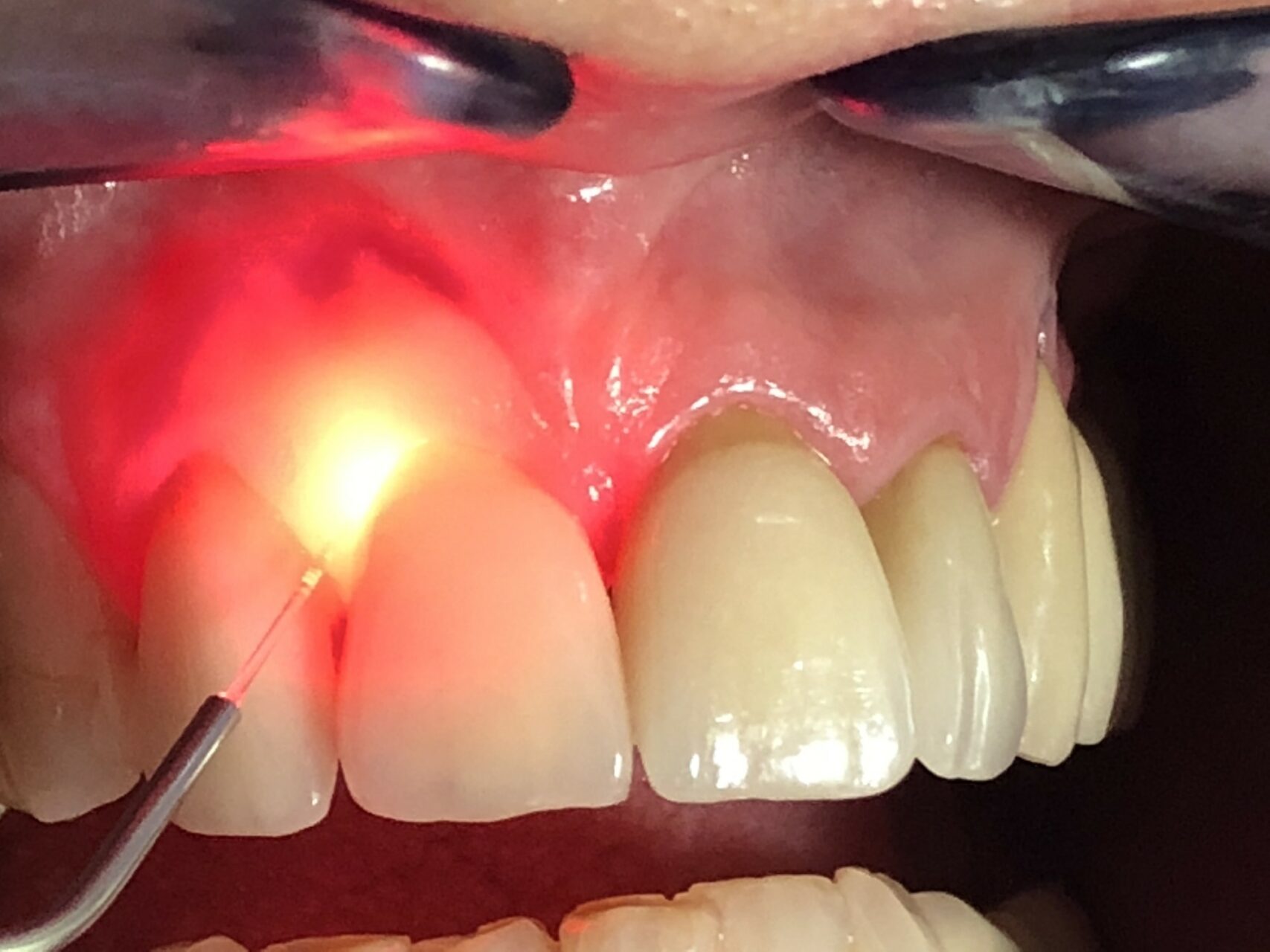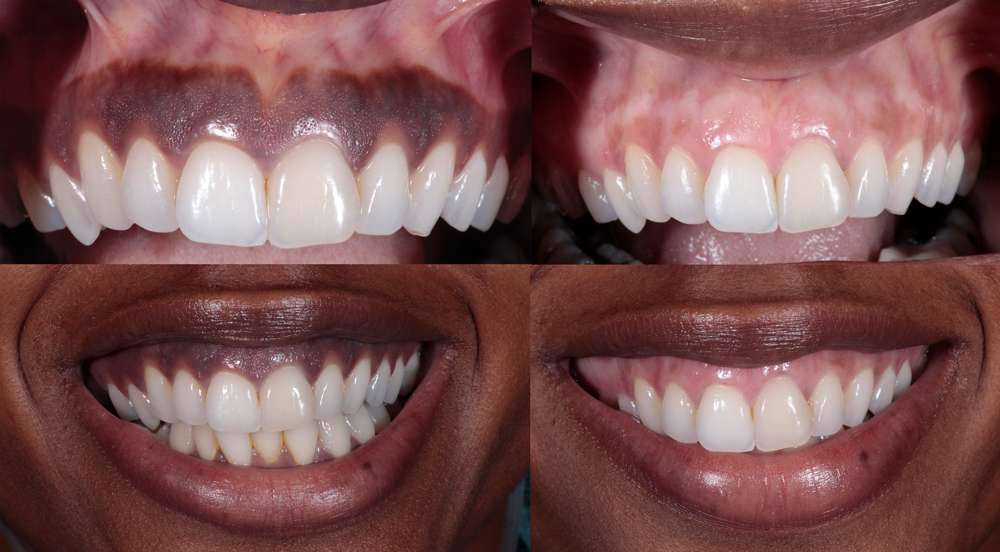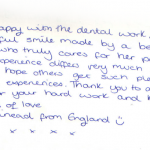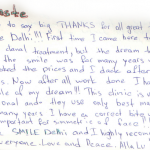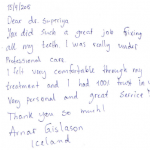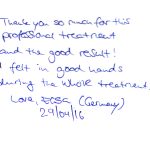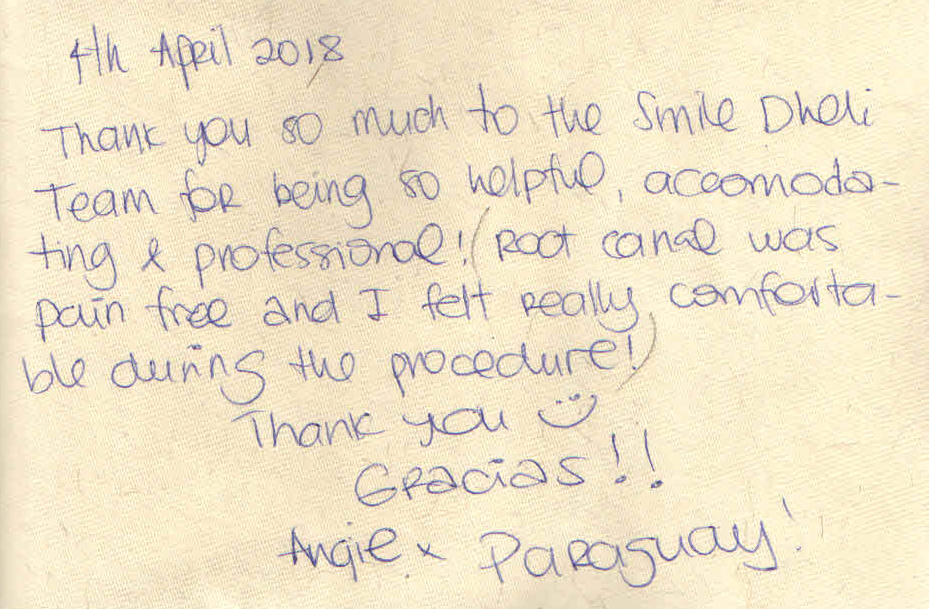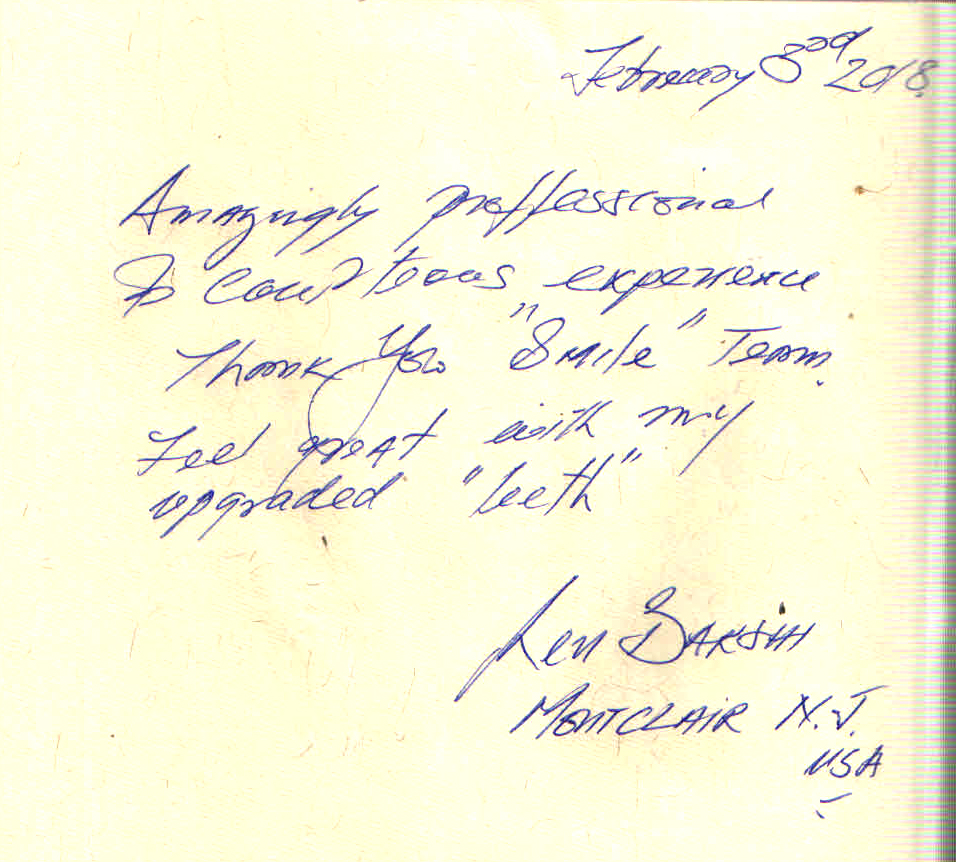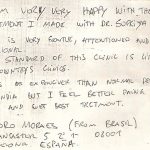
Laser vs Manual Gum Depigmentation
Introduction
Do you ever worry why your gums are so dark and unsightly and if anything can be done about it? Dark or black gums are the result of an excess of the pigment called melanin, which is also responsible for the color of the skin. Dark colored people have more of melanin in their skin similarly people with dark gums have more melanin in their gums. The good news is this can easily be treated by simple procedure called ‘Gum depigmentation/gum bleaching.’
The colour of the gingiva varies among different individuals and it is thought to be associated with surface pigmentation. It varies from light to dark brown or black. The skin tone, texture and colour differ in various races and regions. The gingival colour depends primarily upon the type of blood supply viz… the number and size of blood vessels, thickness of surface layer called epithelium, degree of keratinisation and pigments within the gingiva. Melanin, Carotene, reduced haemoglobin and oxy-haemoglobin are the prime pigments contributing to the normal colour of the oral mucosa.
Gingival pigmentation is presented as a diffused deep purplish discoloration or as irregular brown to light brown or black patches, striae or strands. It results from melanin granules, which are produced by melanoblast cells. Melanin, a non-haemoglobin derived brown pigment, produced by present in the basal and supra basal cell layers of the epithelium.
Melanin pigmentation appears as early as 3hrs after birth in the oral tissues and in some cases is the only sign of pigmentation on the body. It is generally agreed that pigmented areas are present only when melanin granules synthesized by melanocytes are transferred to the keratinocytes. This close relationship is known as the ‘epidermal-melanin unit’.
Causes
Gums are considered the most frequently pigmented tissues in the mouth. Gum depigmentation is a discoloration of the gingiva due to a variety of lesions and conditions associated with several endogenous and exogenous features. It may range from physiologic reasons (e.g. Racial pigmentation) to manifestations of systemic illnesses (e.g. Addison’s disease) to malignant neoplasms (e.g. Melanoma and Kaposi’s sarcoma). It is essential to understand the cause of a mucosal pigmentation before planning the treatment of such lesion.
Broadly, gingival pigmentation may be classified as physiologic or pathologic.
The most common cause of darker pigments in the gums is genetics. Excess melanin can build up in the gums, making them look brown or black instead of pink. This is more common in certain ethnic groups like people with African or Middle Eastern ancestry. The extra pigment does not indicate any disease or dysfunction. Patients seek treatment because of an aesthetic preference for pink gums that showcase their teeth better.
Other causes for dark gums include smoking, side effects from certain medications and possible effect of amalgam fillings on the gums.
There are two methods of doing gum pigmentation:
- Laser Method
- Scalpel Method
Laser Technique : Conventional Method of Gum Pigmentation
This is a new modern method where the laser is used to remove the surface layer of the gums which has the maximum amount of melanin, the pigment responsible for the dark color. The result is pink and esthetically appealing gums.
This method is quick and easy for the patients as it is bloodless and painless. We are routinely conducting this in ‘Smile Delhi – The Dental Clinic’ and have satisfied, happy patients from across the globe. This is a popular procedure with our patients who opt for a smile makeover treatment. Gum bleaching adds to the ‘wow factor’ for patients looking to improve their smiles.
Laser technique of gingival depigmentation has been recognized as one of the effective, pleasant and reliable techniques. It is usually sufficient to eliminate the pigmented areas and do not require any periodontal/gingival dressing. It also shows reduced pain and discomfort due to formation of protein coagulum on the surface. Meanwhile, it allows clean and dry operating field and stable results.
1. What is the Healing Process Like?
Patients who utilize a dental laser can expect minor discomfort and no complications after the treatment. Patients with very sensitive gums may experience some discomfort for a short period of time. Patients can expect to be able to speak and eat normally immediately after the treatment is completed.
Everything heals in about 2 weeks.
2. How Long Does the Gum De-pigmentation Treatment Last?
One gum depigmentation treatment can last 20 years or up to a lifetime.
3. How Long Does the Treatment Take?
The procedure takes 20-45 minutes depending on the colour and size of the dark patch. We will give your local anaesthetic to make the procedure as comfortable as possible
4. What Happens If I Still Have a few Pigments Left Once the Gums Have Healed.
On your review appointment we can go over the areas that you can still see some pigmentation. There is always a scope for improvement.
5. Can I Smoke?
We encourage all smokers to stop smoking completely after the procedure as smoking is one of the causes of pigmentation
You need to stop smoking for at least 7 days after the procedure.
6. The Treatment Process
Laser Gum Depigmentation vaporizes and removes a thin top layer of the gum tissue, destroying the cells that produce melanin. As new tissue is created during healing, it tends to be pink rather than brown. The treatment may require a local anaesthetic injection and has a short recovery time with manageable discomfort. Sometime depending on the colour and depth of the dark patch, it could take several sessions to achieve the desired degree of lightening. ‘Smile Delhi’ is one of the few clinics in New Delhi that offers this treatment equipped with the latest laser equipment.
7. Who is a Candidate?
All patients except albinos have some degree of physiologic melanin distribution throughout epidermis. The main guideline is simply that the gums must be healthy. We can assess your gum health at the free consultation that you have with our dentist.
This cosmetic treatment is not suitable for:
- Patients with oral disease
- Patients with dark gums caused by periodontal disease (this is not a surface pigment problem)
- Patients taking blood thinners (these can cause excessive bleeding during treatment)
- Patients with thin gum tissue or prominent tooth roots (they may experience ongoing sensitivity if roots are accidentally exposed by the removal of gum tissue)
Scalpel Technique : Traditional Method of Gum Pigmentation
This is the older and traditional method of doing gum depigmentation, where a scalpel/blade was used. This method is less patient friendly as it causes bleeding and is relatively more time consuming.
In this technique, the pigmented layer of the gingival epithelium (uppermost layer) along with a layer of the underlying connective tissue is surgically removed by splitting the epithelium with blade. Care should be taken not to leave any pigmented remnants over the denuded area.
The scalpel method is one of the most economic techniques. It is recommended in consideration of the equipment constraints that may not be frequently available in clinics. Moreover, it is known that the healing period for scalpel wounds is faster than other techniques.
However, scalpel surgery causes bleeding during and after the procedure and it is necessary to cover the surgical site with periodontal dressing for 7–10 days. Though the initial results of depigmentation procedure are highly encouraging, re-pigmentation is a possibility. This process may be attributed to the fact that active melanocytes from the adjacent pigmented tissues migrate to the treated areas.
When a patient gets gum depigmentation done for his/her dark gums along with the veneering/whitening of their teeth it results in a complete smile makeover and leverages the effect.
To book an appointment with us in, ‘Smile Delhi – The Dental Clinic’– call us on +91-9811106871 or whatsapp Dr. Suprriya B Bhatia on +91-9811106377. You can also mail us on [email protected]
“We Care To Make You Smile”
Posted by: Dr Hema


